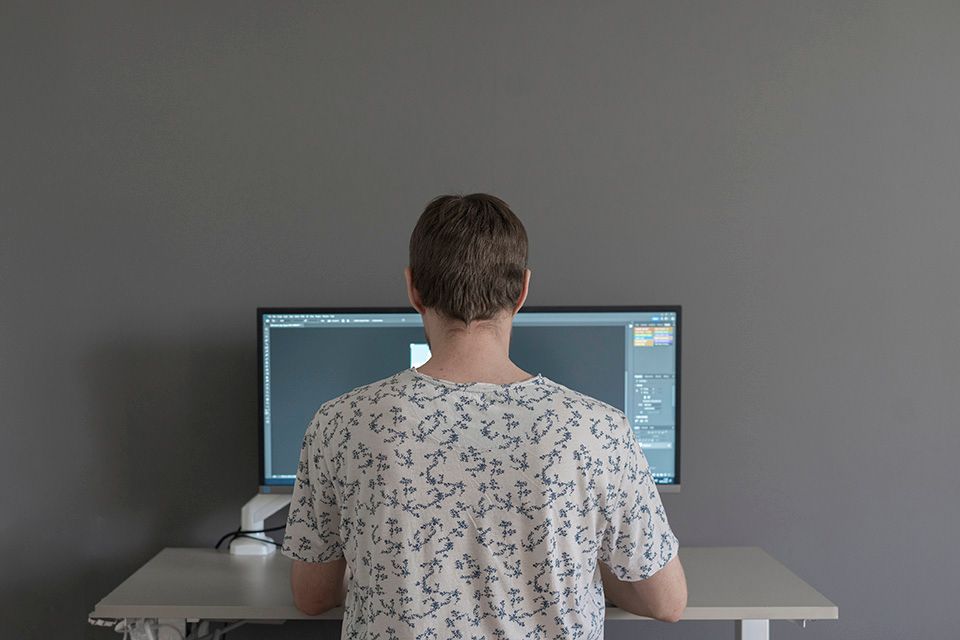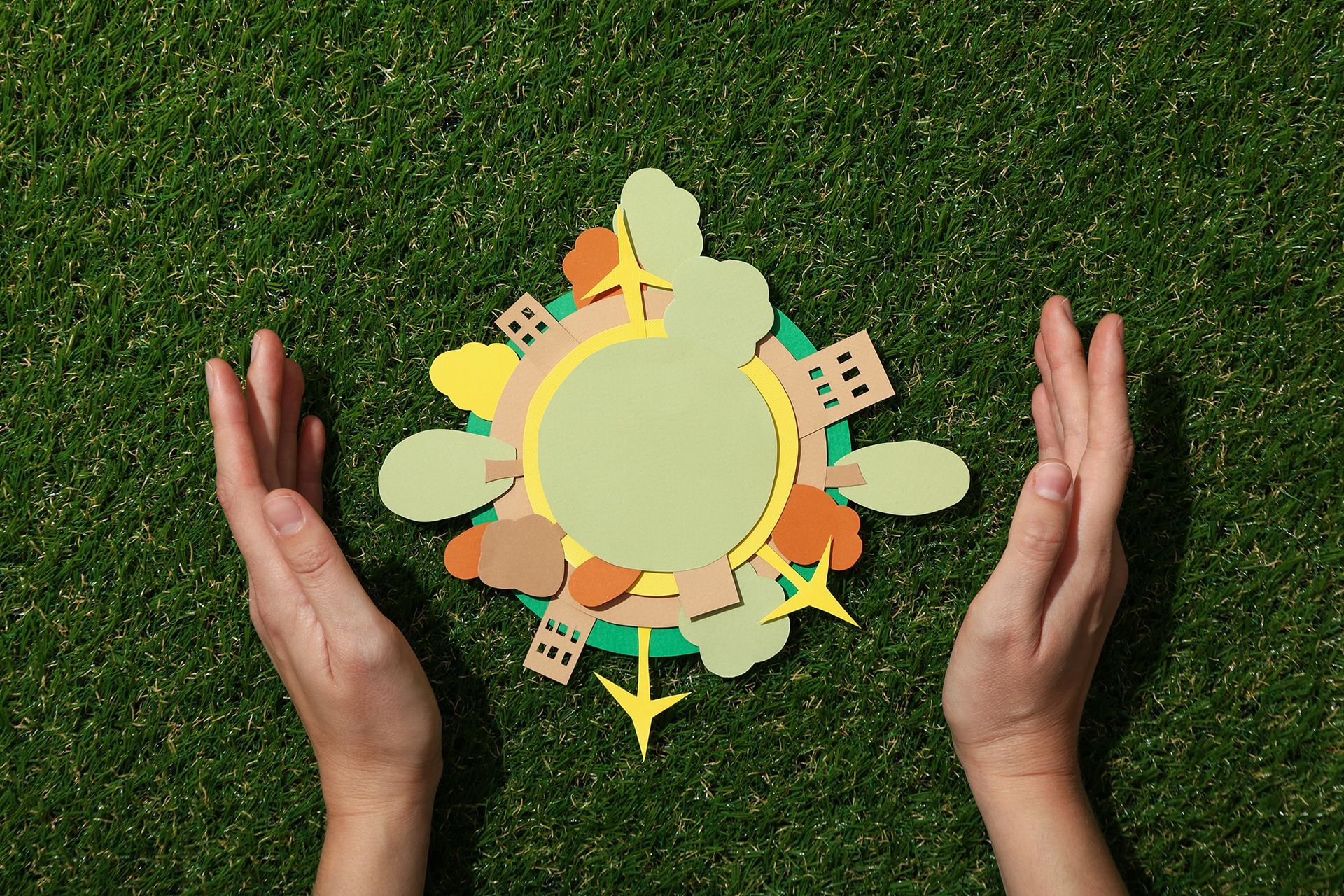Benefits of Print Marketing for Younger Generations
Benefits of Print Marketing for Younger Generations

Based on recent studies and articles, younger generations, including Millennials and Gen Z, show a significant preference for print materials as a break from digital screens. This preference provides unique opportunities for business-to-business (B2B) marketing. Here's how this trend can be leveraged and the benefits it offers:
- Increased Engagement and Attention Span:
- Print materials engage multiple senses, such as touch and sight, which helps in capturing and holding the reader's attention longer than digital content. This is particularly effective for younger generations who often seek a break from their constant digital interactions (Digital Content Next) (Mental Floss).
- Studies have shown that readers absorb and retain more information from printed materials than from digital sources. This is crucial for B2B marketing, where detailed product information and brand narratives are key (Mental Floss) (natlib.govt.nz ).
- Trust and Credibility:
- Print marketing is perceived as more trustworthy than digital marketing. Over half of consumers trust print more than digital, and this trust is even higher among younger consumers. This credibility is essential for B2B relationships, where trust and reliability are foundational (Qin Printing).
- Tactile Engagement and Reduced Distraction:
- Physical materials like brochures, business cards, and catalogs allow for a tactile experience that digital cannot replicate. This physical interaction can enhance the perceived value of the information and reduce the distractions typically found with digital content, such as notifications and multitasking (Printivity) (Mental Floss).
- Enhanced Decision-Making Influence:
- Younger generations are becoming key decision-makers and influencers within companies. Their preference for print materials provides a strategic advantage for B2B marketers. Print campaigns can effectively reach these influential groups by aligning with their media consumption preferences and leveraging the high engagement rates associated with print (Home ) (Reuters Institute Digital News Report).
Opportunities for B2B Marketing
- Direct Mail Campaigns:
- Personalized direct mail campaigns can significantly increase response rates. Including personalized elements such as the recipient's name, tailored offers, and QR codes linking to online content can bridge the gap between print and digital, enhancing overall campaign effectiveness (Solo Printing).
- Business Cards and Brochures:
- High-quality business cards and well-designed brochures remain essential tools for networking and presenting comprehensive product or service information. These materials convey professionalism and can leave a lasting impression during face-to-face interactions (Qin Printing) (Printivity).
- Catalogs and Presentation Folders:
- Detailed catalogs and presentation folders provide an opportunity to showcase a wide range of products and services in an organized and visually appealing manner. They are particularly effective at trade shows, meetings, and conferences, where potential clients can physically interact with the content (Qin Printing) (Pica9).
- Educational and Informational Print:
- Providing printed whitepapers, reports, and case studies can be highly effective in B2B marketing. These materials can communicate complex information clearly and are often kept for future reference, ensuring long-term engagement with the brand (Qin Printing) (Mental Floss).
By leveraging these benefits and opportunities, B2B marketers can effectively reach and influence younger decision-makers, enhancing their overall marketing strategy and driving business growth. The combination of trust, engagement, and reduced distraction makes print marketing a powerful tool in the B2B landscape.















